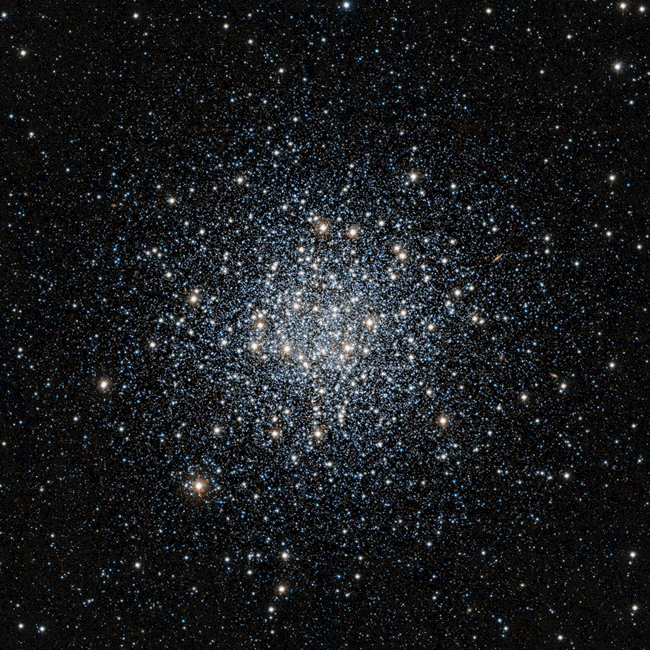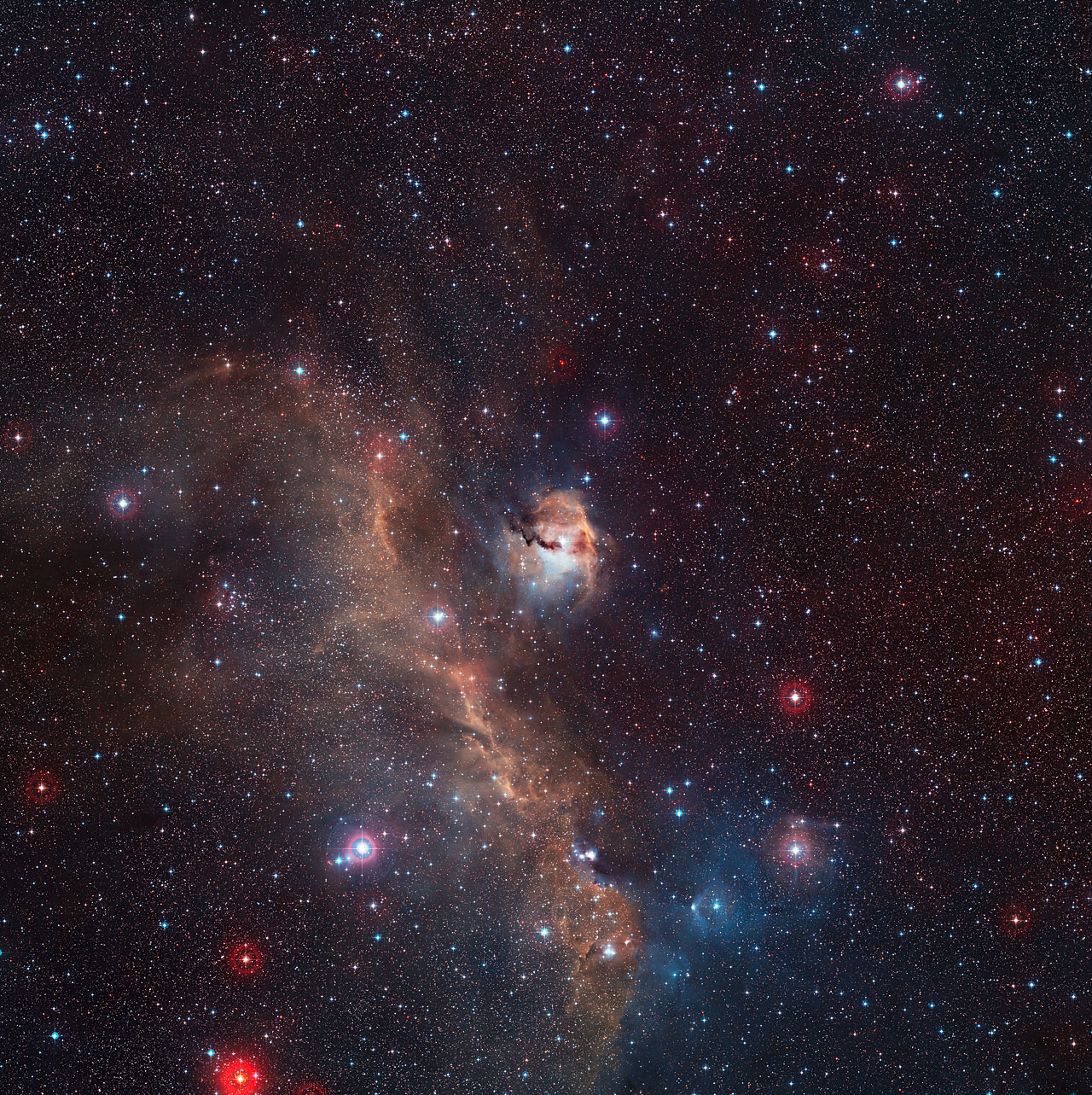Year: 2012
EU2013 Scholarship Announcement-2

Our Second EU2013 Scholarship Winner: Laura Fridley Laura Fridley is a second year graduate student of psychology at City University of Seattle and holds a Bachelors of Political Science (summa cum laude). She recently learned about the Electric Universe while searching for information on plasma cosmology–a deep interest of hers….
Troubles With Bubbles
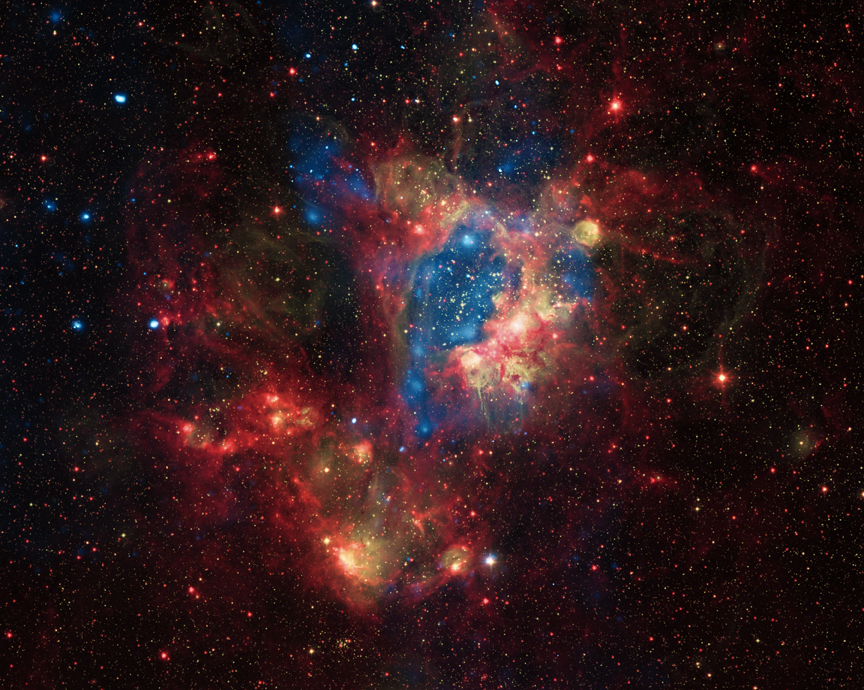
Oct 26, 2012 Both nuclear powered stars and electrically powered stars produce bubbles in the plasma surrounding them. From that common observational beginning, the theoretical explanations diverge. Nuclear generated bubbles come in two types: planetary nebulae (PNs) and supernova (SN) remnants. The PNs are bubbles that are produced during…
Old Theories about Young Stars
Shell Game

Oct 24, 2012 The geometry of gravity is spherical: a uniform attraction toward a center of mass that tends to produce ball-shaped objects. This “bias for balls” predisposes astronomers to interpret rings as spherical shells. The European Southern Observatory press release announcing new observations (above) of the “old” star R Sculptoris…
Poseidon Aegaeus
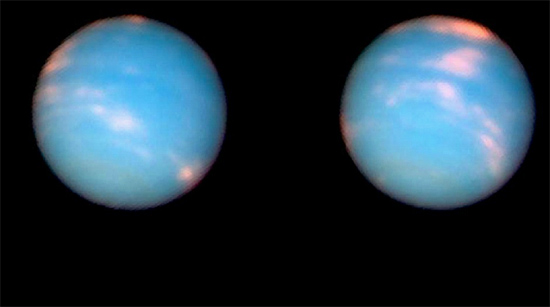
Oct 23, 2012 Neptune is the Solar System’s most remote planet. What drives its extraordinary winds? The winds on Jupiter average about 400 kilometers per hour, with the fastest streaming around the Great Red Spot at 635 kilometers per hour. On Saturn, wind speeds up to 1800 kilometers per hour have…
Seeing Seagulls
EU2013 Scholarship Announcements-1
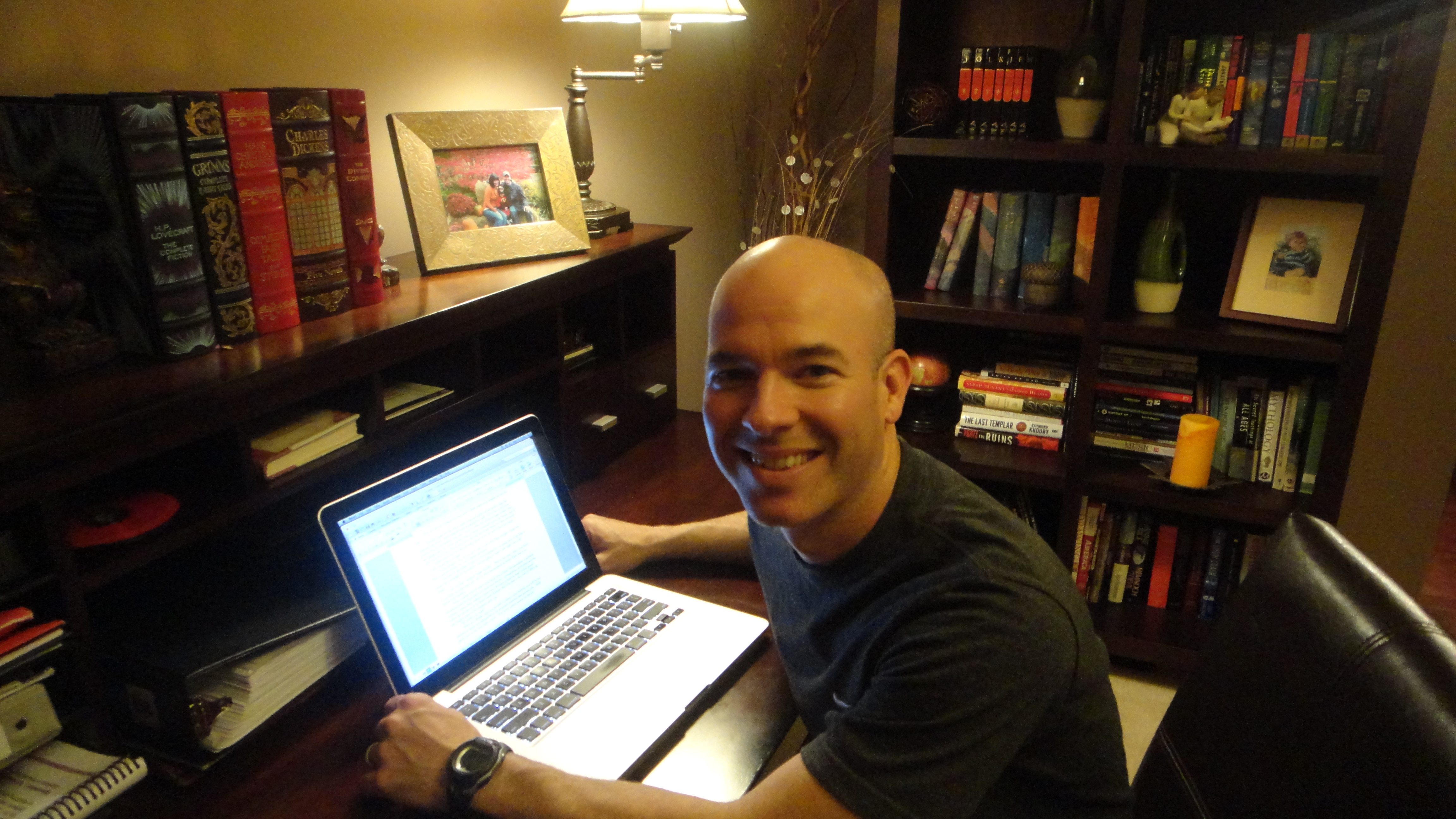
Our First EU2013 Scholarship Winner: Evan Camp It is a great pleasure to announce our first winner of a conference scholarship to Electric Universe 2013: The Tipping Point, January 3-6 in Albuquerque, New Mexico. Evan Camp is a middle school science teacher, who has taught eighth grade for sixteen years….
Red Clusters
Dione’s Dance
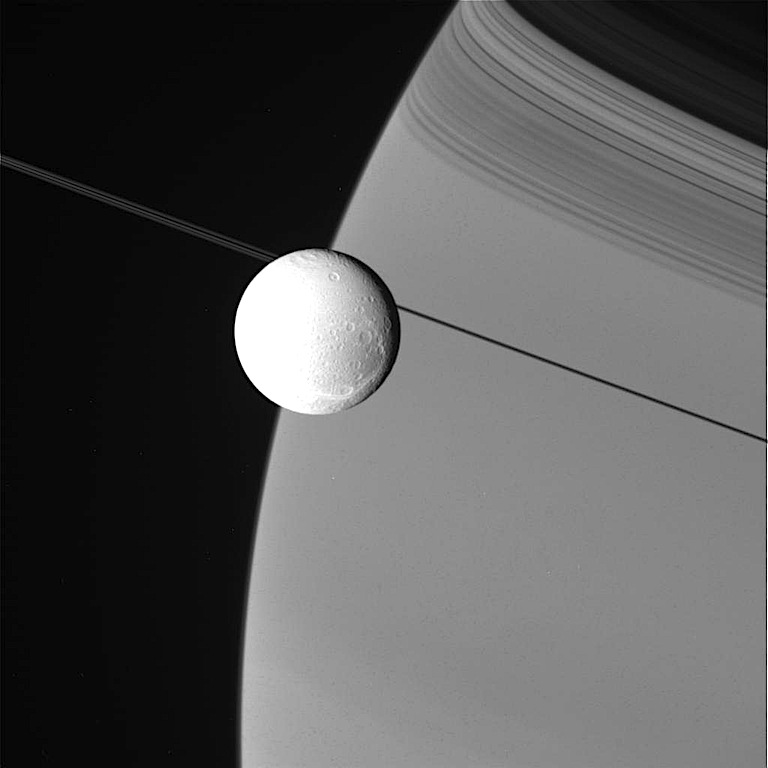
Oct 18, 2012 Dione exhibits some unusual features that may indicate electrical forces at work. Recently, the Cassini-Solstice spacecraft made a close flyby of the moon Enceladus. As the Picture of the Day from May 3, 2012 discussed, the bright plumes emanating from the 500 kilometer moon are most likely…






